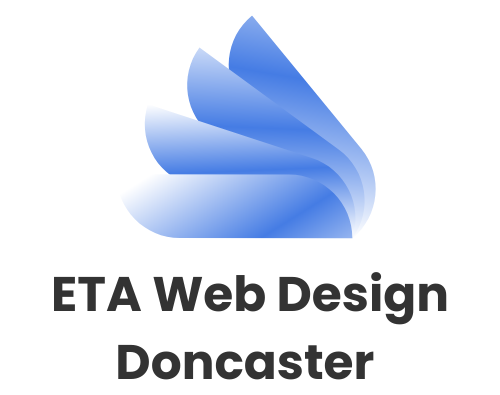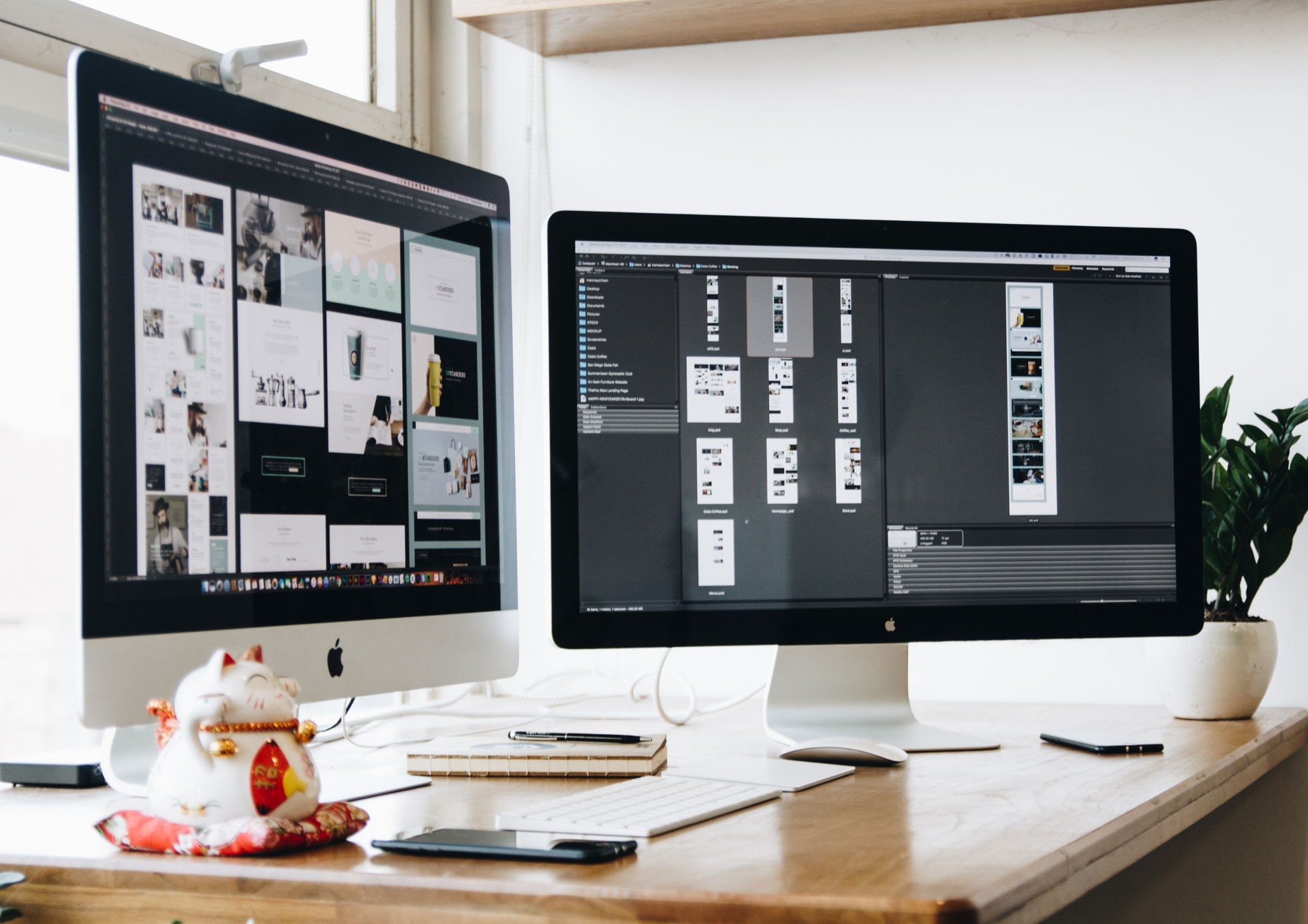In today’s digital world, a professional website can make or break a business. Whether you operate in homeware, health and wellness, or retail, a well-designed website not only reflects your brand but also engages customers and drives growth. Yet, many businesses make costly errors when collaborating with web designers, leading to delays, overspending, or an online presence that fails to deliver results.
Understanding these common mistakes is essential for ensuring a smooth, effective website design process.
Failing to Define Your Goals Clearly
One of the most frequent mistakes businesses make is starting the design process without clearly defined objectives. Without a roadmap, even the most talented designers may struggle to deliver a website that meets your expectations. Clear goals help guide decisions about functionality, layout, and content. For example, if your aim is to increase online sales, your website should prioritise a user-friendly shopping experience rather than purely aesthetic elements.
Before engaging a designer, outline your target audience, primary actions you want visitors to take, and measurable outcomes such as increased leads or sales. This clarity ensures your collaboration with web designers remains focused and productive.
Ignoring User Experience and Mobile Responsiveness
A beautiful website is wasted if visitors struggle to navigate it or access it on mobile devices. Many businesses underestimate the importance of user experience (UX) and mobile optimisation, resulting in high bounce rates and frustrated customers. Common issues include cluttered layouts, confusing menus, and slow loading times.
Websites today must perform seamlessly across desktops, tablets, and smartphones. By prioritising UX, you ensure your audience finds the information they need quickly, encouraging engagement and conversions. Thoughtful navigation, accessible design, and consistent visual cues are critical for success in
website development.
Overlooking Content and Visual Consistency
Your brand identity should be reflected consistently across all elements of your website. Inconsistent imagery, tone, or messaging can confuse visitors and undermine credibility. Many businesses fall into the trap of treating content as an afterthought, providing designers with incomplete information or mismatched assets.
To avoid this, provide detailed brand guidelines, high-quality images, and clearly written content. Ensuring your messaging aligns with your design creates a cohesive online presence that resonates with your audience. This approach makes it easier to build website content that feels professional and trustworthy.
Neglecting SEO and Performance Optimisation
Even the most visually appealing site will struggle if it isn’t optimised for search engines. SEO and site performance are essential for visibility, user retention, and conversion rates. Poorly structured pages, slow loading speeds, and lack of optimisation for search engines can significantly limit your website’s impact.
Using the right tools and strategies, including selecting one of the best website builders, ensures your site ranks well on search results while delivering a fast and smooth experience. Collaborating with designers who understand these principles allows your website to perform both technically and commercially.
Not Planning for Long-Term Maintenance and Scalability
Many businesses make the mistake of focusing only on immediate website needs, without considering how the site will grow over time. Planning for the future ensures your website remains effective and adaptable as your business evolves.
Key considerations include:
- Future-proof your website: Ensure the design can accommodate new products, services, or features as your business expands.
- Choose a flexible platform: Select tools and systems that make updates and integrations easy without major overhauls.
- Discuss maintenance plans: Work with your designer to set up regular updates, backups, and technical support.
- Plan for scalability: Anticipate growth to prevent frustration, reduce additional costs, and maintain a smooth user experience.
- Adaptability: A scalable website allows for seamless content updates, new e-commerce features, and evolving design trends.
Avoiding these common mistakes ensures a smoother collaboration with
web designers and results in a website that effectively represents your brand. From defining clear goals to prioritising user experience, content consistency, SEO, and long-term scalability, each step contributes to a professional and functional online presence. By addressing these areas thoughtfully, businesses in homeware, health and wellness, and retail can maximize the return on their design investment and create a website that truly delivers results.
ETA Web Design Doncaster offers professional, reliable, and results-driven
web design services tailored to your business. We specialise in working with homeware, health and wellness, and retail brands, creating scalable websites that enhance customer engagement and drive growth. Our team focuses on understanding your unique needs, providing expert guidance at every stage of the website design process.
Update on X: Key mistakes businesses make with
web designers – and how to prevent them!





